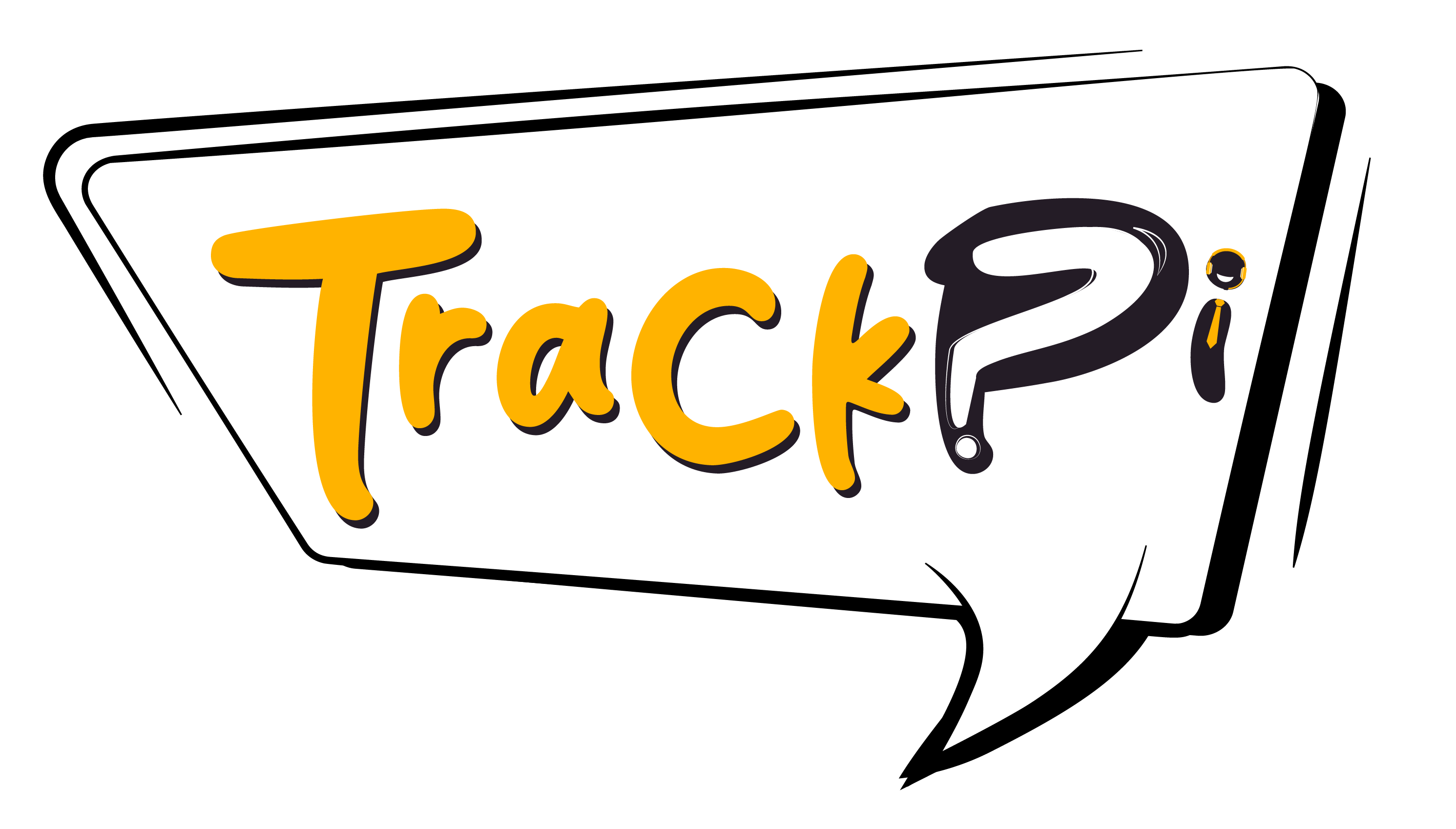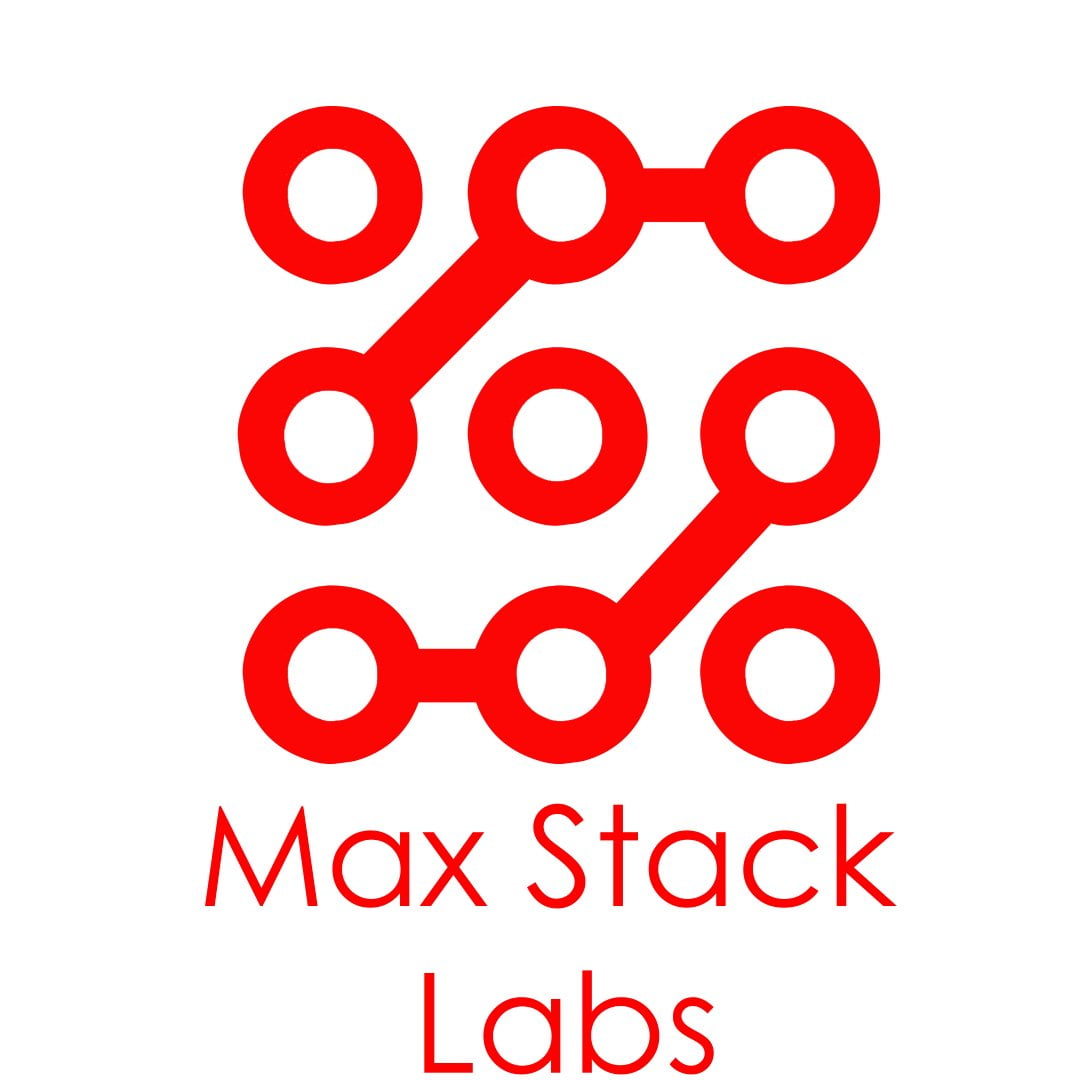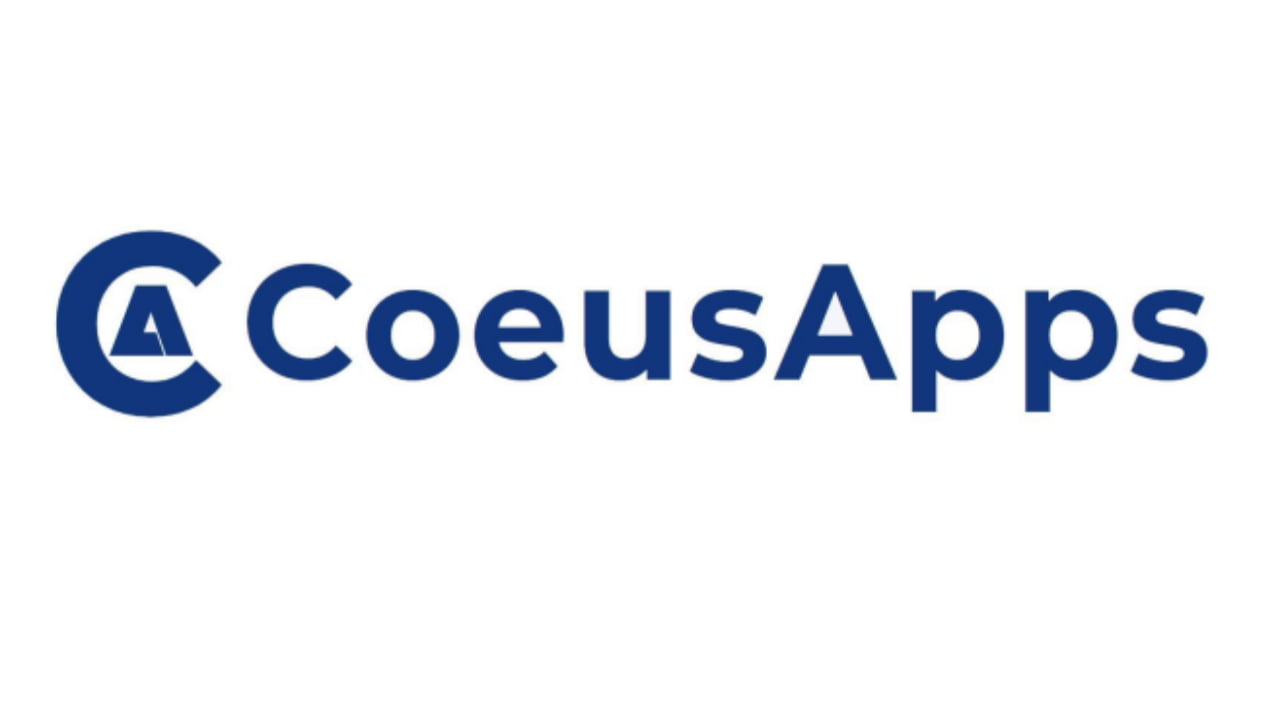Transform Your Career and become an Data Science Expert with our Comprehensive Course
DATA SCIENCE
Explore the Wonders of Data Science in Our Comprehensive Training!
Introduction to the course
After thoroughly learning the Data Science Course in Kochi, you will be able to build and access data-based models. You will also understand the application of computing theory languages and algorithms to formulate and use data analysis appropriately.
Benefits of studying Data science
High Demand: Being a data scientist is a high position, especially for those who have taken a course in data science. The possibility of getting hired by top MNCs is great.
Endless Job Opportunity: Almost all businesses rely on data sources. Here data scientists have plenty of job prospects. Anyone well-versed in data science and its distinctive features will be able to promptly pinpoint the key regions and modify the plan as needed.
Personal Growth: For someone with a strong interest in data, a career in data analysis is a great choice. The Data Science Course ensures that learners are headed in the right direction. It is also a sensible move towards one’s progress because the training strengthens the qualities they already possess.
Who Should Study Data Science Course?
Any graduate, student or expert professional who has a career within the STEM subjects can make use of the Data Science direction.
Job Outcomes
Completing the data science technology course can lead to many employment opportunities, including positions as a data science scientist, machine learning engineer, analyst, and more. Businesses within the banking, healthcare, e-commerce, and tech sectors are constantly seeking out certified Data Science experts.
Why We Are Your Best Choice?
Here are some of the reasons why are the best Data Science training institute in Kerala:
- Backed by NDimensionz, Infopark Kochi is an established multinational corporation.
- Branches in the US, Canada, Singapore, Australia, Dubai and SA.
- An ISO 9001:2015 certified company.
- Affiliated with NACTET, NSDC and KKEM.
- Training led by industry-experienced professionals.
- Hands-on training with case studies, assignments, etc.
- Choose from online or Offline classes.
- Access to recordings of all sessions, even offline classes.
- Industry-based project scenarios for practical experience.
- Personalized support from a dedicated placement team.
- Comprehensive interview prep program, including mock interviews and interview questions.
- Master your interview skills with our own AI-based interview tool.
- Located at Infopark Kochi, with access to a network of 650+ tech companies
Contact
Carnival Infopark Phase I, Infopark Rd, Infopark Campus, Kochi, Kerala 682042
info@techmindz.com
Data Science
Unravel Insights, Drive Decisions. Empowering Success through Data-driven Discoveries
Course Programs
Techmindz offers you three different course programs which you can choose as per your skillset
SEED PLAN
Duration 2.5 months Training
15 Days Live Project
Benefits
- Certified course
- Internship based on PE
- Grooming sessions
- Performance evaluations
- Recorded sessions
- Extra learning sessions
- Weekly assignments
- Main Project
- Free Access to LMS
- Industry relevant assessments
- Experienced Trainers from MNCs
- Mock interviews and Interview specific support
- third party assessment: Pre -Mid -post
- Update on Job vacancy in and around Infopark
GROWTH PLAN
Duration 2.5 months Training
15 Days Live Project
3 months internship
Benefits
- Certified course
- Confirmed Paid Internship
- Sessions by Industry Experts
- Flexible pricing options
- 24×7 learner assistance and support
- Placement based on PE
- Grooming sessions
- Performance evaluations
- Recorded sessions
- Extra learning sessions
- Weekly assignments
- Main Project
- Free Access to LMS
- Industry relevant assessments
- Experienced Trainers from MNCs
- Mock interviews and Interview specific support
- third party assessment: Pre -Mid -post
- Update on Job vacancy in and around Infopark
SUCCESS PLAN
Duration 2.5 months Training
15 Days Live Project
6 months internship with stipend
job placement
Benefits
- Placement Assistance
- Certified course
- Confirmed Paid Internship
- Sessions by Industry Experts
- Flexible pricing options
- 24×7 learner assistance and support
- Placement based on PE
- Grooming sessions
- Performance evaluations
- Recorded sessions
- Extra learning sessions
- Weekly assignments
- Main Project
- Free Access to LMS
- Industry relevant assessments
- Experienced Trainers from MNCs
- Mock interviews and Interview specific support
- third party assessment: Pre -Mid -post
- Update on Job vacancy in and around Infopark
Syllabus
1) Data Analysis With MS-Excel
1.1 Excel Fundamentals
– Reading the Data, Referencing in formulas, Name Range, Logical Functions, Conditional Formatting, Advanced Validation, Dynamic Tables in Excel, Sorting and Filtering
– Working with Charts in Excel, Pivot Table, Dashboards, Data And File Security
– VBA Macros, Ranges and Worksheet in VBA
– IF conditions, loops, Debugging, etc.
1.2 Excel For Data Analytics
– Handling Text Data, Splitting, combining, data imputation on text data, Working with Dates in Excel, Data Conversion, Handling Missing Values, Data Cleaning, Working with Tables in Excel, etc.
1.3 Data Visualization with Excel
– Charts, Pie charts, Scatter and bubble charts
– Bar charts, Column charts, Line charts, Maps
– Multiples: A set of charts with the same axes, Matrices, Cards, Tiles
1.4 Excel Power Tools
– Power Pivot, Power Query and Power View
1.5 Classification Problems using Excel
– Binary Classification Problems, Confusion Matrix, AUC and ROC curve
– Multiple Classification Problems
1.6 Information Measure in Excel
– Probability, Entropy, Dependence – Mutual Information
1.7 Regression Problems Using Excel
– Standardization, Normalization, Probability Distributions
– Inferential Statistics, Hypothesis Testing, ANOVA, Covariance, Correlation
– Linear Regression, Logistic Regression, Error in regression, Information Gain using Regression
2) Building Blocks for Python and ML (Pre-Learning)
2.1 Programming Basics
– Introduction to programming -Computer programs and business use – Database and its requirement in the softwareapplications.
– What id an IDE – Integrated development environment.
– Different programming languages, High level vs Low level languages
– Language translators – Complier and Interpreter, Why syntax rules?
– Programming basics: variables,INC rules: Identifier Naming Conventions, Datatypes,Operators.
– Control flow statements: Conditional statements and Loops.
– Functions and UDFS.
– Logic building and Pseudo codes.
2.2 Introduction to Basic Statistics
– Introduction to Statistics
– Measures of central tendencies
– Measures of variance
– Measures of frequency
– Measures of Rank
– Basics of Probability, distributions
– Conditional Probability (Bayes Theorem)
2.3 Introduction to Mathematical foundations
– Sets & Functions
– Introduction to Linear Algebra
– Matrices Operations
– Introduction to Calculus
– Derivatives & Integration – Maxima, minima
– Area under the curve
3) Python For Data Science (1/2)
3.1 Python Essentials (Core) -Overview of Python-Starting with Python
– Why Python for data science? – Anaconda vs. python
– Introduction to installation of Python -Introduction to Python IDE’s (Jupyter/python)
– Concept of Packages – Important packages
– NumPy, SciPy, scikit-learn, Pandas, Matplotlib, etc
– Installing & loading Packages & Name Spaces
– Data Types & Data objects/ structures (strings, Tuples, Lists, Dictionaries)
– List and Dictionary Comprehensions
– Variable & Value Labels – Date & Time Values
– Basic Operations – Mathematical/ string/date
– Control flow & conditional statements
– Debugging & Code profiling
– Python Built-in Functions (Text, numeric, date, utility functions)
– User defined functions – Lambda functions
– Concept of apply functions
– Python – Objects – OOPs concepts
– How to create & call class and modules?
3.2 Operations with NumPy (Numerical Python) -What is NumPy?
– Overview of functions & methods in NumPy
– Data structures in NumPy
– Creating arrays and initializing – Reading arrays from files
– Special initializing functions -Slicing and indexing
– Reshaping arrays
– Combining arrays -NumPy Maths
3.3 Overview of Pandas
– What is pandas, its functions & methods -Pandas Data Structures (Series &Data Frames)
– Creating Data Structures (Data import- reading into pandas)
3.4 Cleansing Data with Python
– Understand the data
– Sub Setting/Filtering / Slicing Data
– Using brackets
– Using indexing or referring with column names/rows
– Using functions
– Dropping rows & columns
– Mutation of table (Adding/deleting columns)
– Binning data (Binning numerical variables in tocategorical variables)
– Renaming columns or rows -Sorting (by data/values, index)
– By one column or multiple columns
– Ascending or Descending
– Type conversions
– Setting index
– Handling duplicates /missing/Outliers -Creating dummies from categorical data (using get dummies()) -Applying functions to all the variables in a data frame (broadcasting)
– Data manipulation tools(Operators, Functions, Packages, control structures, Loops, arrays etc.)
3.5 Data Analysis using Python
– Exploratory data analysis
– Descriptive statistics, Frequency Tables and summarization
– Uni-variate Analysis (Distribution of data & Graphical Analysis)
– Bi-Variate Analysis/Cross Tabs, Distributions & Relationships, Graphical Analysis)
4) Python For Data Science (2/2)
4.1 Data Visualization with Python
– Introduction to Data Visualization
– Introduction to Matplotlib
– Basic Plotting with Matplotlib
– Line Plots
4.2 Basic Visualization Tools
– Area Plots
– Histograms/Density plots
– Bar Charts/Stacked charts
– Pie Charts
– Box Plots -Scatter Plots
– Sub Plots
4.3 Statistical Methods & Hypothesis Testing
– Descriptive vs. Inferential Statistics -What is probability distribution? -Important distributions (discrete & continuous distributions)
– Deep dive of normal distributions and properties
– Concept of sampling & types of sampling
– Concept of standard error and central limit theorem
– Hypothesis Testing & Applications
– Statistical Methods – Z/t-tests (One sample, independent, paired), ANOVA, Correlation and Chi-square
5) Predictive Modeling & Machine Learning
5.1 Introduction to Predictive Modeling
– Concept of model in analytics and how it is used?
– Common terminology used in modeling process
– Types of Business problems – Mapping of Algorithms
– Different Phases of Predictive Modeling -Data Exploration for modeling
– Exploring the data and identifying any problems with the data (Data Audit Report)
– Identify missing/Outliers in the datal
– Visualize the data trends and patterns
5.2 Introduction to Machine Learning
– Applications of Machine Learning -Supervised vs Unsupervised Learning vs. Reinforcement Learning
– Overall process of executing the ML project
– Stages of ML Project
– Concept of Over fitting and Under fitting (Bias-Variance Trade off) & Performance Metrics
– Concept of feature engineering -Regularization (LASSO, Elastic net and Ridge)
– Types of Cross validation(Train & Test, K-Fold validation etc.)
– Concept of optimization
– Gradient descent algorithm Cost & optimization functions
– Python libraries suitable for Machine Learning
5.3 Supervised Learning:
Regression problems
– Linear Regression
– Non-linear Regression
– K-Nearest Neighbor
– Decision Trees
– Ensemble Learning – Bagging, Random Forest, Adaboost, Gradient Boost, XGBoost
– Support Vector Regressor
5.4 Supervised Learning:
Classification problems
– Logistic Regression
– K-Nearest Neighbor
– Naive Bayes Classifier
– Decision Trees
– Ensemble Learning – Bagging, Random Forest, Adaboost, Gradient Boost, XGBoost
– Support Vector Classifier
5.5 Unsupervised Learning
– Principle Component Analysis
– K-Means Clustering
– Density-Based Clustering
5.6 Recommender Systems
– Market Basket Analysis (MBA) -Content-based recommender systems
– Collaborative Filtering
5.7 Time Series Forecasting
– What is forecasting?
– Applications of forecasting -Time Series Components and Decomposition
– Types of Seasonality
– Important terminology: lag, lead,Stationary, stationary tests, auto correlation & white noise, ACF & PACF plots, auto regression, differencing
– Classification of Time Series Techniques (Uni-variate & Multivariate)
– Time Series Modeling & Forecasting Techniques
– Averages (Moving average, Weighted Moving Average)
– ETS models (Holt Winter Methods)
– Seasonal Decomposition
– ARIMA/ARIMAX/SARIMA/SARIMAX
– Regression
– Evaluation of Forecasting Models
6) Text Mining using NLP
6.1 Introduction to Text Mining
– Text Mining – characteristics, trends – Text Processing using Base Python & Pandas, Regular Expressions
– Text processing using string functions & methods
– Understanding regular expressions -Identifying patterns in the text using regular expressions
6.2 Text Processing with modules like NLTK, sklearn
– Getting Started with NLTK – Introduction to NLP & NLTK
– Introduction to NLTK Modules (corpus, tokenize, Stem, collocations, tag, classify, cluster, tbl, chunk, Parse, ccg, sem, inference, metrics, app, chat, toolbox etc)
6.3 Initial data processing and simple statistical tools
– Reading data from file folder/from text file, from the Internet & Web scrapping, Data Parsing
– Cleaning and normalization of data -Sentence Tokenize and Word Tokenize, Removinginsignificant words (“stop words”), Removing specialsymbols, removing bullet points and digits, changing letters to lowercase, stemming/lemmatization/chunking
– Creating Term-Document matrix
– Tagging text with parts of speech
– Word Sense Disambiguation
– Finding associations
– Measurement of similarity between documents and terms
– Visualization of term significance in the form of word clouds
6.4 Advanced data processing and visualization
– Vectorization (Count, TF-IDF, Word Embedding’s)
– Sentiment analysis (vocabulary approach, based on Bayesian probability methods)
– Name entity recognition (NER) -Methods of data visualization
– word length counts plot
– word frequency plots
– word clouds
– correlation plots
– letter frequency plot
– Heat map
– Grouping texts using different methods
– Language Models and n-grams —
Statistical Models of Unseen Data (Smoothing)
6.5 Text Mining – Predictive Modeling
– Semantic similarity between texts
– Text Segmentation
– Topic Mining (LDA)
– Text Classification(spam detection, sentiment analysis, Intent Analysis)
7) Introduction to AI & DL & Cloud Computing
7.1 Introduction to Artificial Intelligence (AI)
– Modern era of Al
– Role of Machine learning & Deep Learning in Al
– Hardware for Al (CPU vs. GPU vs. FPGA)
– Software Frameworks for Al & Deep Learning
– Key Industry applications of Al
7.2 Introduction to Deep Learning
– What are the Limitations of Machine Learning?
– What is Deep Learning?
– Advantage of Deep Learning over Machine learning
– Reasons to go for Deep Learning -Real-Life use cases of Deep Learning -Overview of important python packages for Deep Learning
7.3 Artificial Neural Network -Overview of Neural Networks
– Activation Functions, hidden layers, hidden units
– Illustrate & Training a Perceptron -Important Parameters of Perceptron – Understand limitations of A Single Layer Perceptron
– Illustrate Multi-Layer Perceptron
– Understand Backpropagation – Using Examples
– Implementation of ANN in Python-Keras
7.4 Introduction to Google Colab/Kaggle workbooks
7.5 Introduction to Cloud Computing – What is Cloud Computing? Why it matters?
– Traditional IT Infrastructure vs. Cloud Infrastructure
– Cloud Companies (Microsoft Azure, GCP, AWS) & their Cloud
– Services (Compute, storage, networking, apps, cognitive etc.)
– Use Cases of Cloud computing -Over view of Cloud Segments: laaS, PaaS, SaaS
– Overview of Cloud Deployment Models
– Overview of Cloud Security
– AWS vs. Azure vs. GCP
8) Introduction to ML-Ops & Model Deployment (self-paced)
8.1 Introduction to ML-Ops & Model Deployment (self-paced)
– What is MLOps
– MLOps vs. DevOps vs. Data Engineering
– Why MLOps is important?
– ML Engineering Pipeline
– How to implement MLOps?
– Understand end to end MLOps solution
8.2 Deployment of ML Model in the cloud
– What is model deployment?
– Ways of deployment of models
– Introduction to Flask
– How to create simple app?
– Deployment of ML model in the cloud
Testimonials
FAQ
Q1: Who can learn data science?
A:If you are interested and can dedicate a few hours to data science course in Kochi, you can easily achieve certification in data science. It combines computer science, math and statistics, as well as domain knowledge to find insights from data. Even though knowledge in these areas are helpful, it is not mandatory.
Q2: Which language is used in data science?
A:Some of the languages used in data science are Python, R and SQL. You can learn the basics of Data Science with RICE and languages you need to learn to grow in this field. Note that before you enrol in Data Science Training, you must have basic programming skills to start a career in data science.
Q3: How data science serves the real life?
A:Data science offers a lot of opportunities both in marketing and sales by allowing them insights into customer behavior, preferences, and trends. It identifies potential leads, customizes advertising campaigns, enhances pricing strategies and helps in forecasting sales. Enrol with Techmindz that offers you the best Data Science Course to boost your career.
Q4: Will there be a certificate given by the end?
A: Yes. As the leading Data Science Institute, we will provide you a certificate upon completion.
Q5: Is this an online course?
A:Yes, we provide both online course and offline course for Data Analytics in Kochi so you can choose the course program as per your requirements.
Q6: What is the job demand for data scientists?
Data scientists is one of the leading job profiles for various industries such as finance, healthcare, retail, technology, etc. Join our customized Machine Learning course in Kochi with Techmindz.





















Connect Us



























